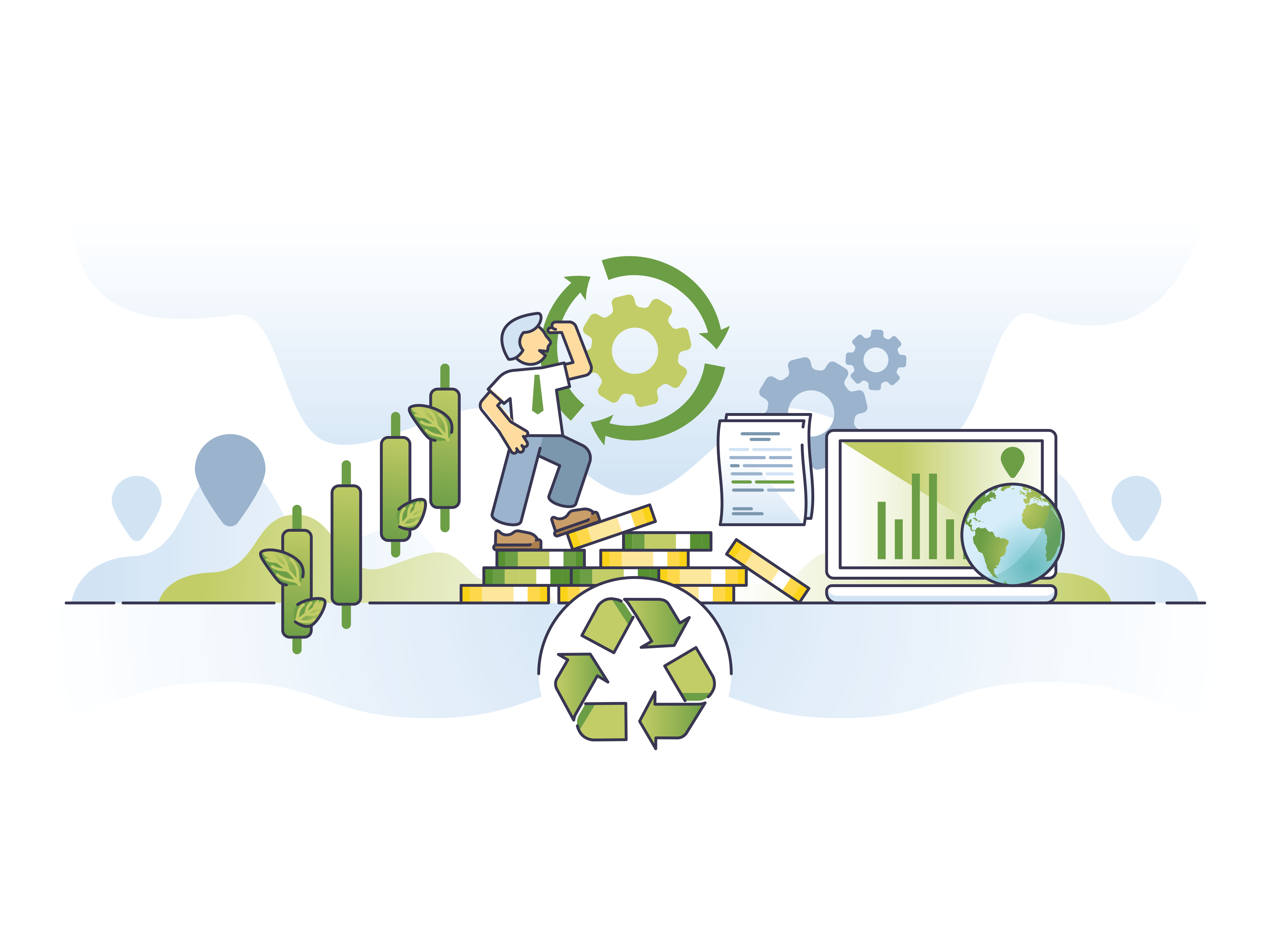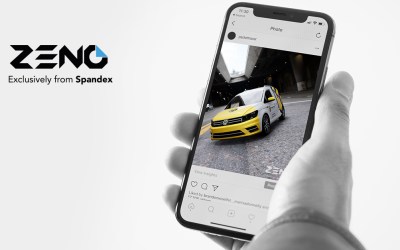by Helen Dalton, Director of Sustainability, Spandex Group
There’s no denying that the last few years have catapulted sustainability to the forefront of small business and corporate agendas.
With a barrage of news and doom-and-gloom statements about the impact of climate change, it’s natural to worry about what the future may look like for us and future generations.
With so much information and emotion to process, small business owners may find conversations about sustainability exhausting and at times confusing. If that sounds like you, you are not alone.
There is a lot of focus on how we can all take action to reduce our national, corporate and personal carbon footprints, and in our industry we are receiving more and more questions regarding the measurement of carbon within the products that we sell.
While there is a clear environmental benefit from understanding product carbon footprints, there is also a commercial opportunity here. By providing this information as part of enhanced customer service, we are supporting you to win projects from clients for whom this data is critical.

What is carbon measurement of materials and what has Spandex done about it?
Carbon measurement is the process of calculating the amount of carbon emitted by the production of a product or service.
Think of it like calories for a business. In a similar way to how larger restaurant chains have started to publish the calories in each meal, businesses like Spandex, and the brands we work with, are now working on sharing the carbon footprint of the materials that you purchase from us. This helps you make informed choices that will attract business for you.
Of course it’s difficult to calculate very accurately the actual carbon produced during the manufacturing of our products, therefore a life cycle assessment (LCA) breaks the process down to each step in the life of a product:
- The extraction of the raw material;
- The transportation of the components to the production facility;
- The production process;
- The transportation to the end user;
- The use of the product and its end of life disposal.
If you have the data for steps 1-3 this is called a ‘cradle to gate’ approach (calculated to the point of leaving the production facility). If you have all 5 this is a ‘cradle to grave’ assessment.
Eikon, the manufacturing facility of Spandex which produces our market-leading ImagePerfect brand has partnered with CarbonQuota, a consultancy specialising in carbon measurement, and with extensive knowledge of the printing industry, to undertake a cradle to gate assessment of ImagePerfect’s best-selling products. We now have LCAs of several ImagePerfect signage and digital products and their ImagePerfect EverGreen equivalents. You will find these products clearly marked on our shop.
This third-party verified data gives you the independent assurance you need to be confident in the data we provide about our products.

Why does this matter to you?
Having this data can help you win business. If you have larger customers, you may already have heard the question, ‘What is the carbon footprint of the product we buy from you?’. This is because larger corporations have made commitments to decarbonise their operations. Large brands such as IKEA are even aiming to be climate positive by 2030, which means a company removes or captures more CO2 from the atmosphere than it emits.
Furthermore, with many more companies (50,000 extra companies in the EU) being required to comply with the new European Union Corporate Sustainability Reporting Directive (CSRD), we can expect much more intense regulatory scrutiny of carbon footprints.
For businesses like IKEA, lowering the overall carbon emissions of their projects is key to achieving their goals; as they have identified that 52% of their carbon footprint comes from materials. This will naturally impact their choice of service providers, including sign makers and graphics producers.
We anticipate that requests for carbon footprint data are going to increase – not just from bigger customers, but trickling down to your smaller customers too. The risk of not getting up to speed is that soon, if you’re not able to provide this data, they may look to your competitors to find it.
Your suppliers can help
An easy place to begin is by speaking to your suppliers, who should have some readily available information for you. And you’re entitled to ask how science-based and verified that information is.
Here at Spandex we are working closely with the brands we sell, to ensure that we can give you that information across more and more of the products in our portfolio. So when your customer asks you for the carbon footprint of the material you buy, we’ll help you give them the answers they need. We will also help you to steer them towards the choice which delivers the lowest environmental impact for the application in question.
As you can see, there are positive commercial reasons for beginning to understand the carbon footprints of your projects, and it can be simpler than you expected. It’s only by being open to these conversations that we can move in the right direction as an industry.
So swallow your fears and start opening up sustainability conversations with your customers, suppliers and partners.
Our team is here and committed to giving you support and information around the carbon footprint of the materials we supply. Contact us to find out if and how carbon measurement could help your business.
 Author – Helen Dalton
Author – Helen Dalton
Helen Dalton is the Director of Sustainability at Spandex Group, she is very passionate about the environment and sustainability. Helen initiates and drives sustainability activities, helping to raise awareness both internally and with customers.








